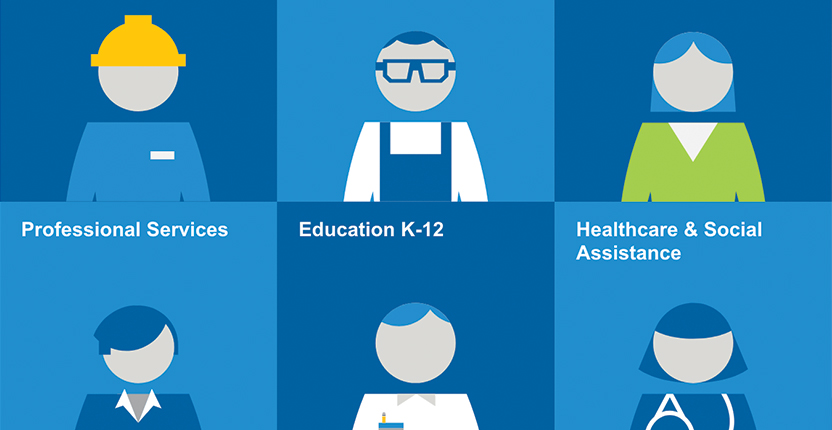The economics of employee happiness

Less than a generation ago, the notion that a worker’s well-being had a direct impact on their value as a business asset was a matter of opinion (if it was even considered at all). What mattered in most cases was making sure people showed up and put in a full day of effort.
Happiness Increases Productivity
In the early 1990s, however, Dr. Oswald, now a professor of economics at the University of Warwick in England, began to probe the economic and social roots of happiness and mental health. It was an unusual line of research at the time, but the conclusion it reached – that subjective personal matters do correlate with more objective metrics in meaningful ways – spawned a whole new category of social science inquiry.1
“What can be more important than happiness?” Oswald asks. In randomized trials, happier people become about 12 percent more productive. “It’s as though happiness creates its own kind of extra energy.”2
Oswald notes that work increasingly has less to do with synchronizing head and hands to perform recurring manual tasks. Social and intellectual skills that align head and heart – intelligent communication and effective collaboration – are the reigning priorities.
The High Cost of Disengagement
The “economics of happiness,” as it is sometimes called, changed the conversation about the relationship between employer and employee. By one reliable estimate, unhappy, disengaged, distracted workers cost U.S. businesses up to $550 billion annually in lost productivity and turnover.3
“Employers today need to pay more attention to the emotional and financial well-being of their employees than in the past,” Oswald said. “The world is increasingly about services and person-to-person interaction."
The Roots of Happiness
The research shows further that people around the world – not only white-collar and service workers – point to the same things when asked to identify what contributes to their happiness. It’s not landing a dream job or big promotion but the mundane stuff of daily life that matters most – paying bills, good health, meaningful work, peace and security at home.4
“Evidence shows that workers want an interesting job, a secure job, a job that makes a contribution to society,” Oswald said. “They also want autonomy.” That’s what makes employees engaged, productive and loyal to their employers, he added.
The Role of Employee Benefits
Oswald emphasized that there is good evidence linking employee benefits and engagement, especially to the extent that “having a better safety net in place for dealing with life’s unexpected plot twists can improve someone’s emotional and mental fitness.”
Finances, in particular, are a common source of discomfort and distraction, and 66 percent of employers agree that employees are less productive when worried about personal money issues. Since nearly half of employees say they are concerned, anxious or fearful about their financial status, employers seeking to optimize workplace performance face considerable challenges.
One solution is to offer improved and expanded benefits choices – 84 percent of employees express strong interest in getting help with financial wellness assistance from their employers, and 64 percent of those who have such support say they feel financially fit. Only 18 percent of employers, however, currently offer such programs as a benefit to their employees.5
Employers see a positive ROI when they take steps to help employees take care of themselves and weather setbacks caused by accidents or illness, debt or retirement planning. Ensuring they are fully aware and have access to voluntary benefits that meet their needs can be the difference between an agile, engaged workforce and one that is just treading water.
* Based on an interview with Prof. Andrew Oswald conducted in July 2018.


